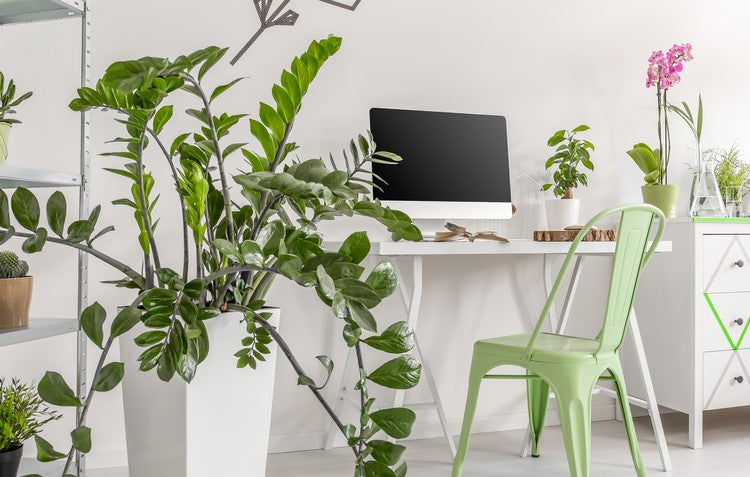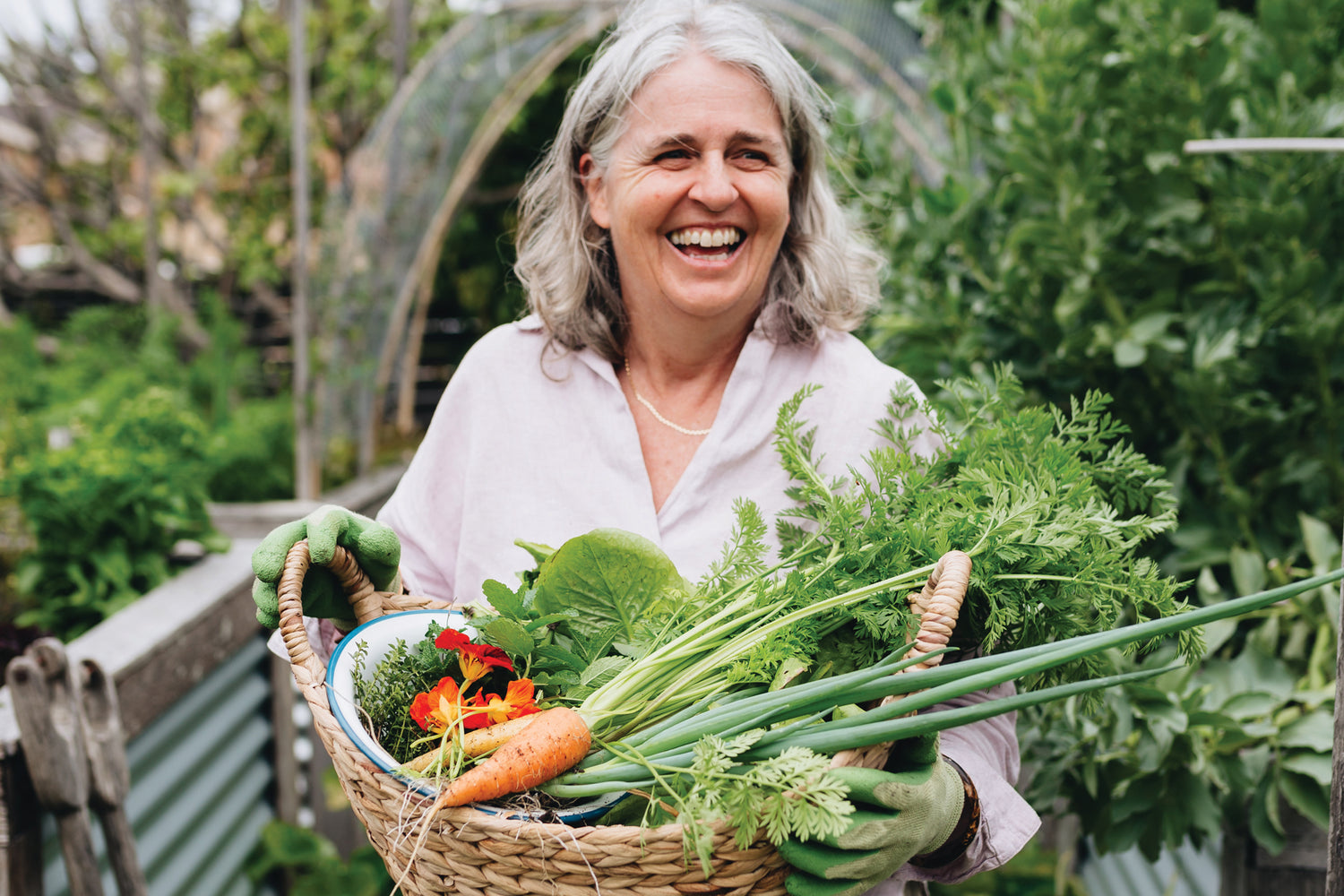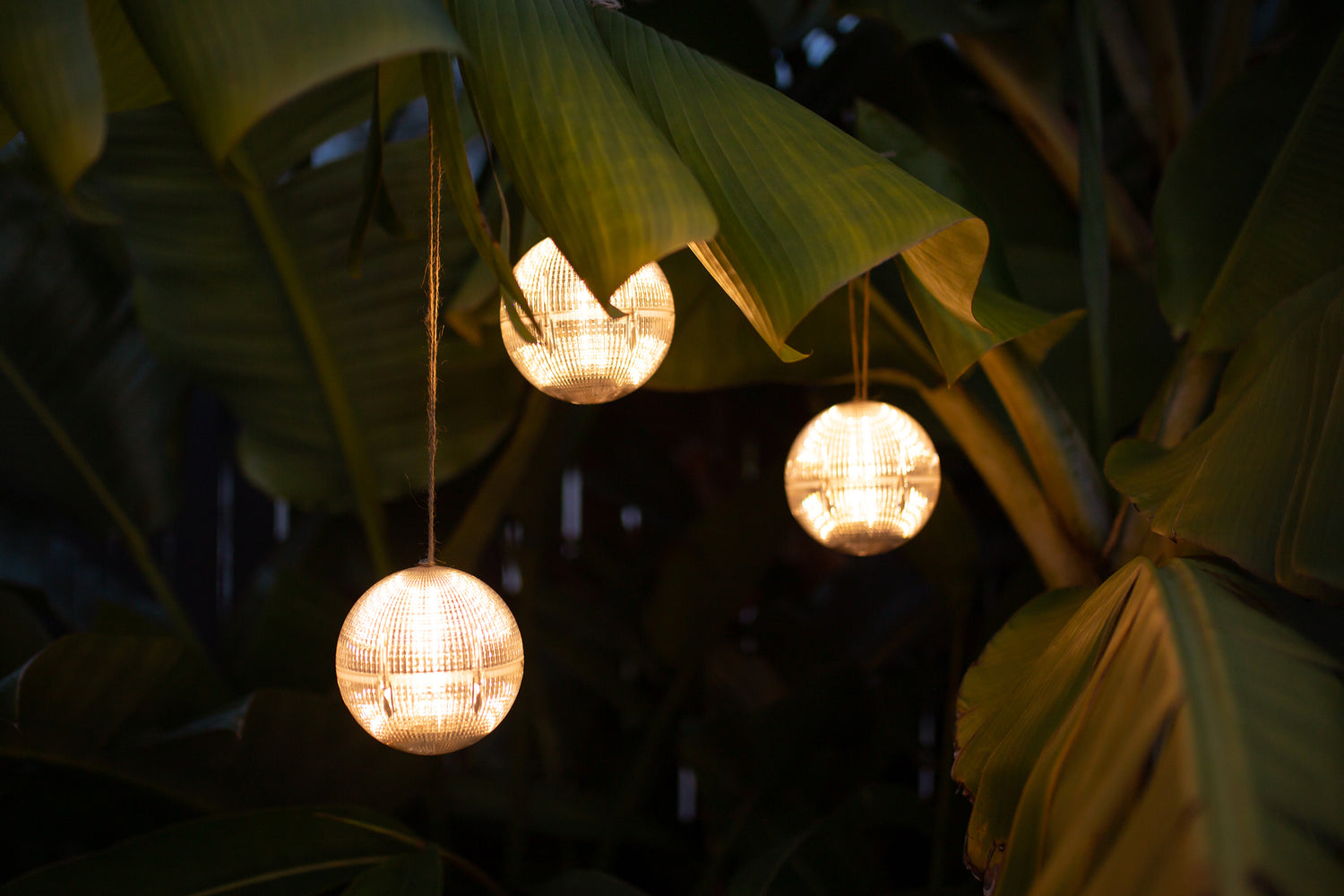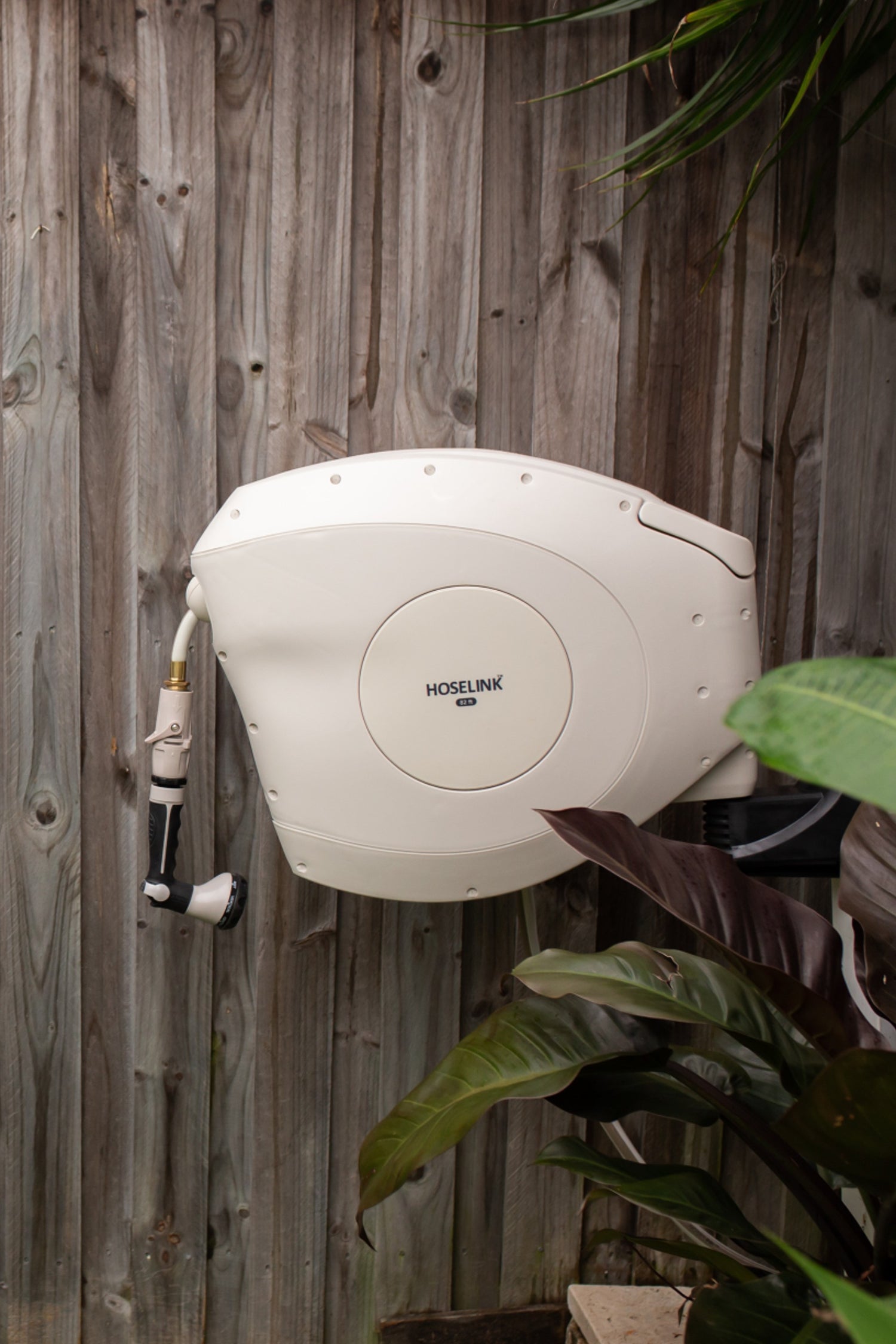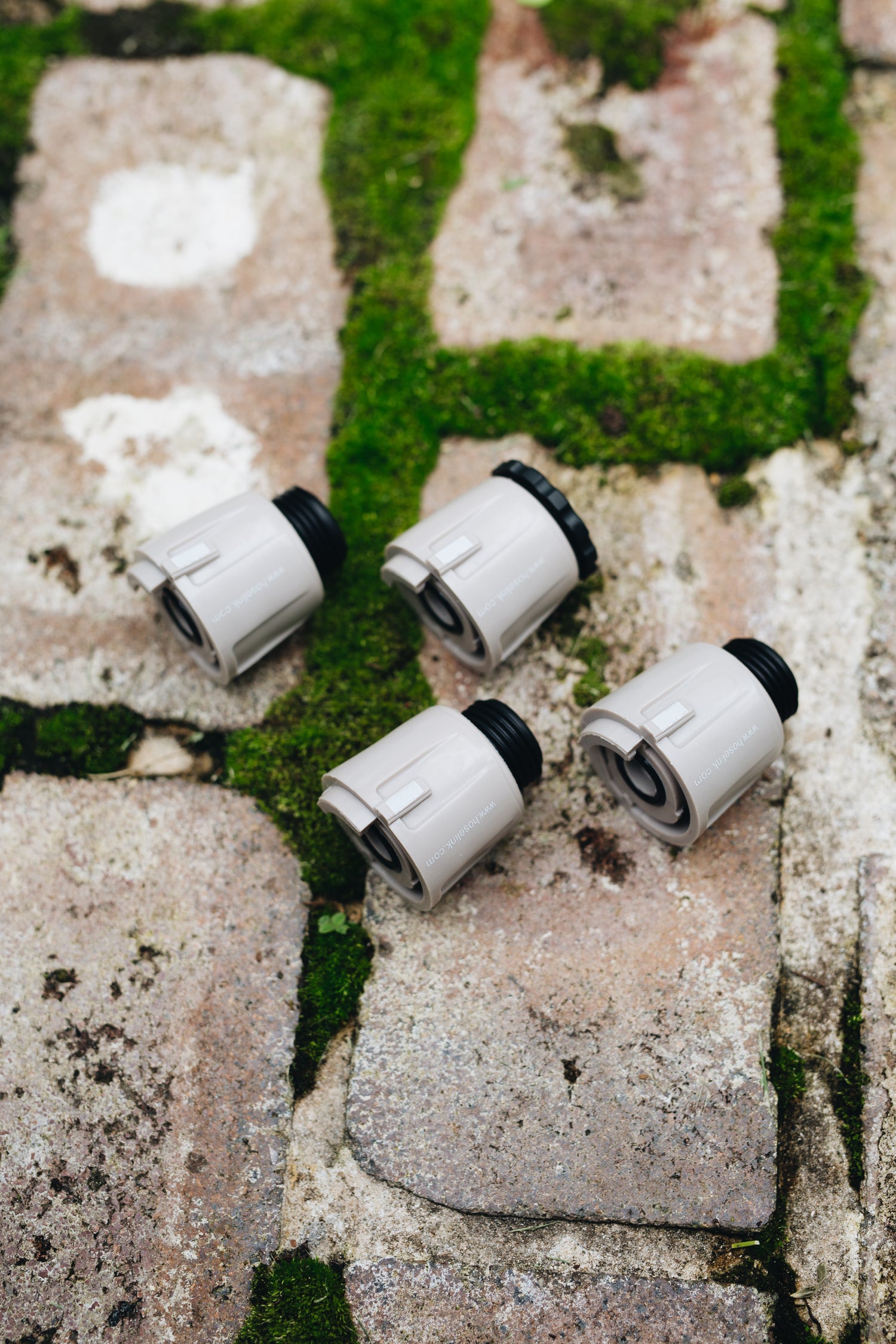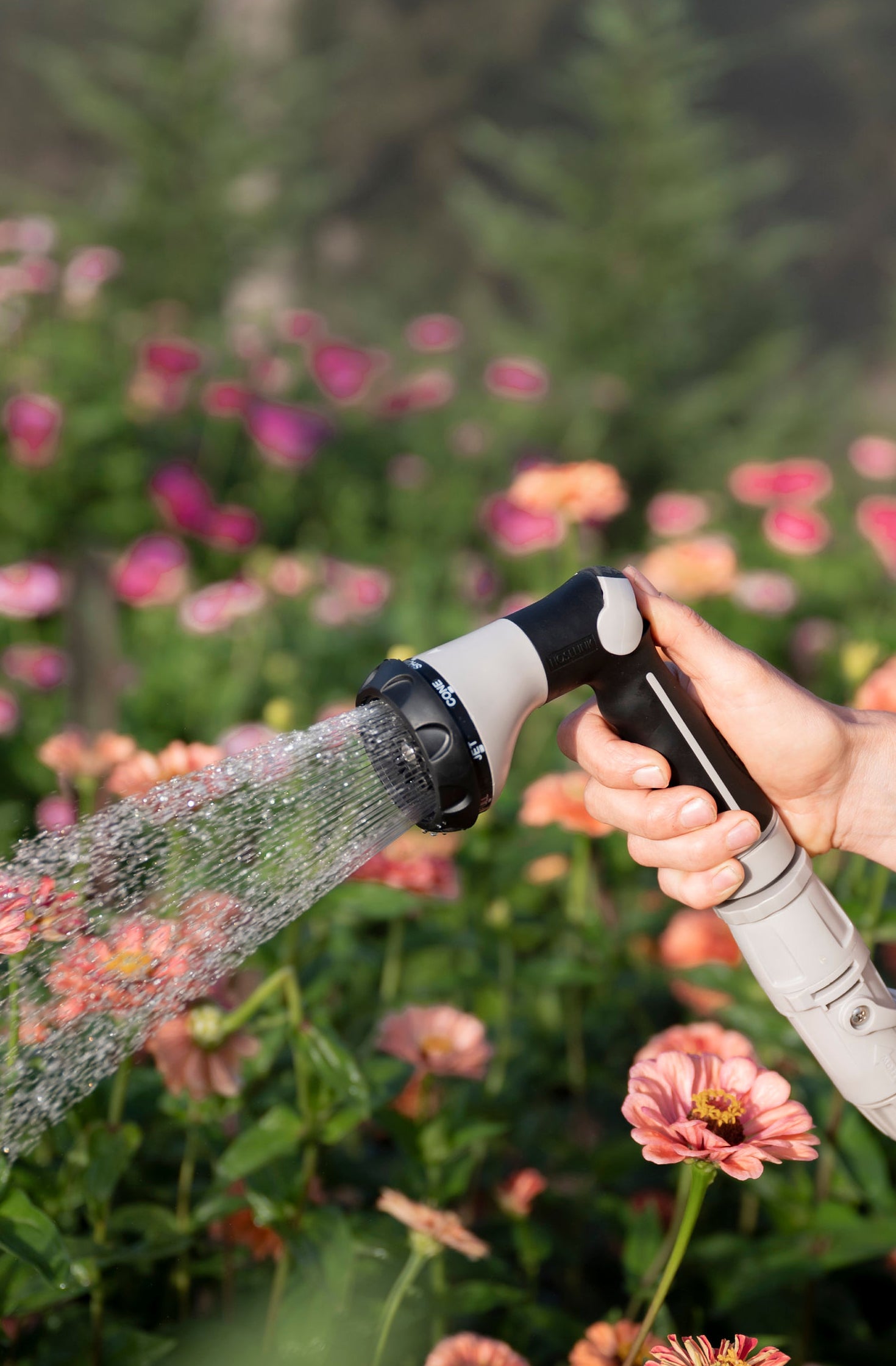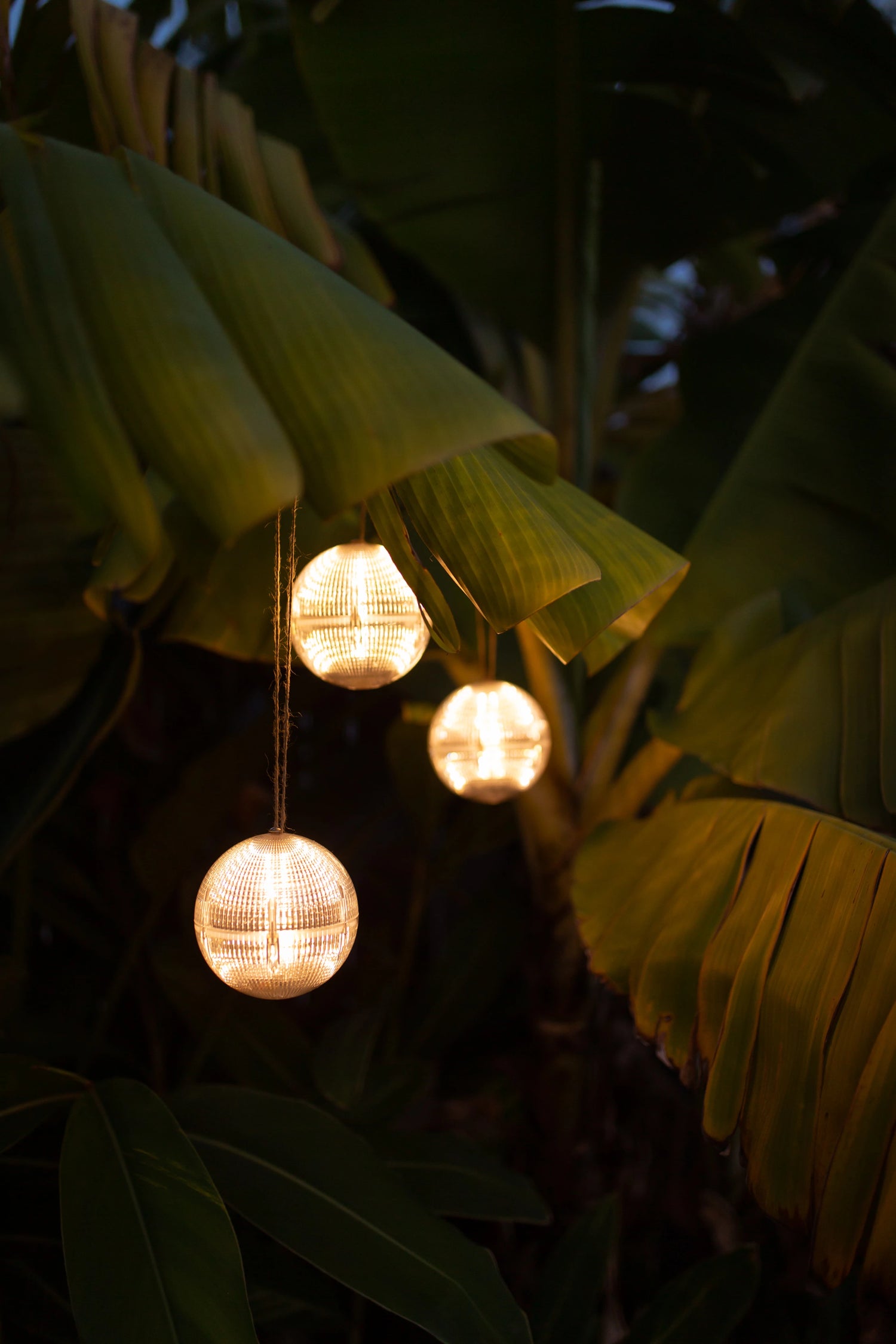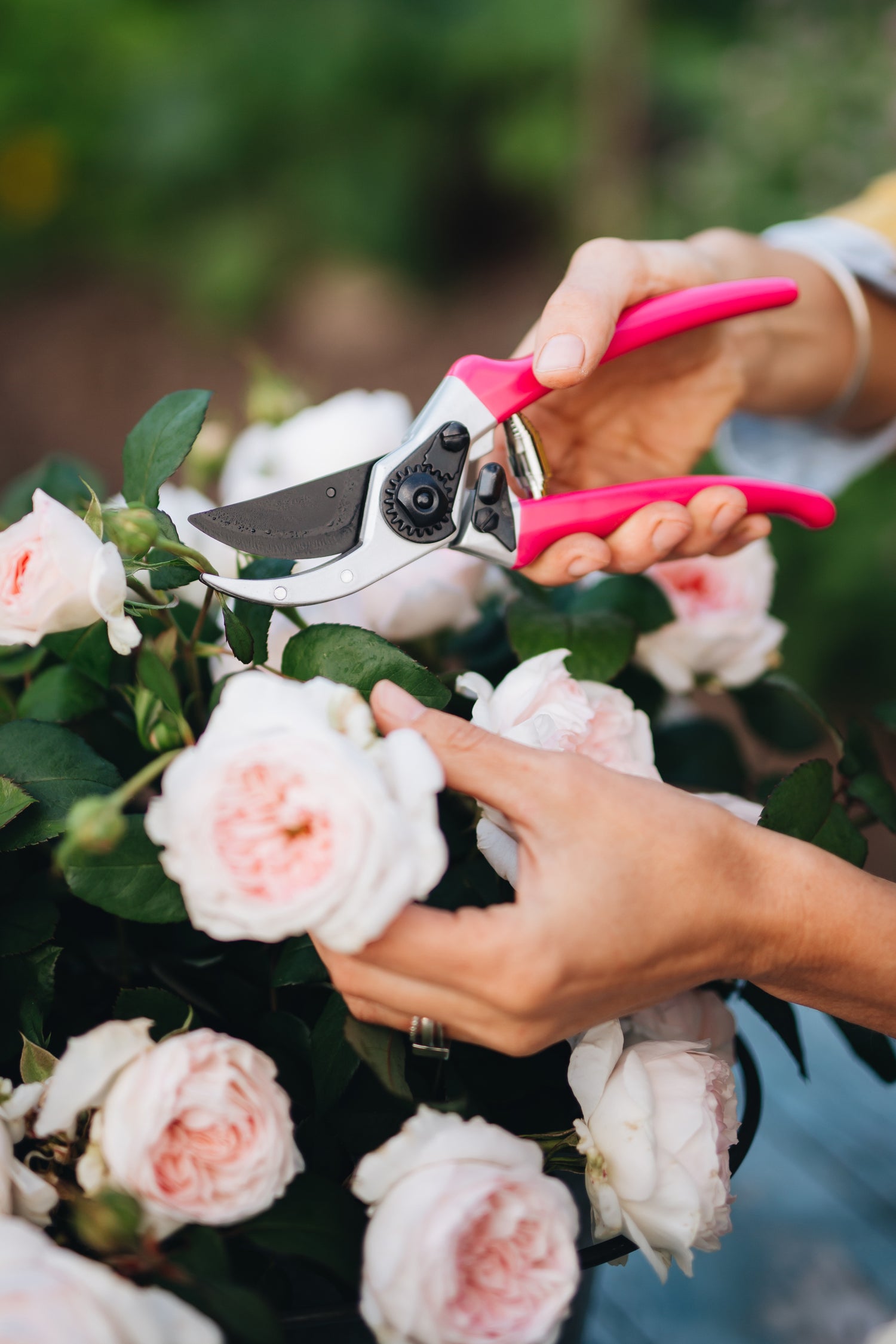Besides being pretty to look at and boosting your home’s aesthetics, there’s just something about plants that provides a sense of comfort and clarity. It’s no wonder the idea of filling our homes and offices with lush green plants has become so popular! The great thing is that there's no shortage of different varieties of houseplants you can display across your home that require hardly any work to keep them healthy and happy. Some plants do require a little tender love and care as well as routine feeding, but we’re here to make things as easy as possible and that’s why we’re sharing our favourite indoor plants that you won’t have to bend over backwards for.
But before picking your plants, you’ll want to evaluate your space: does your home have rooms that receive direct sunlight through the day or are they shady and, if so, for how long for? You'll find different plants prefer different conditions, so if you’d like to play it safe, we recommend going with artificial plants. However, if you're ready to embrace the joy and multiple benefits that indoor plants can bring, scroll through our list below!
Our houseplant hotlist
1. Pothos ivy
Pothos, also known as ‘Devil’s Ivy’, is a tropical vine plant that also doubles up well as a robust houseplant. With glossy, diamond-shaped leaves, Pothos ivy has numerous sub-species that can add beautiful foliage to your home. It’s also a well-known air-purifying plant that can absorb and remove toxins from materials in the home like curtains and carpet. How cool is that?! You can also house it in a hanging basket or grow it as a climbing plant using a trellis or other support.
Pothos ivy can thrive in a variety of lighting conditions; however, extremely low sunlight levels may diminish the leaves' natural green colour. Be sure to allow the soil to dry between watering and trim their stems once they get too long for your liking. They can reach up to 8ft in height.

2. Aloe vera
Aloe vera is an elegant succulent that makes for a great indoor plant companion. Not only are they pretty to look at with their long, pointed leaves, but they’re practical too and have various medicinal benefits! For example, the juice from their leaves can be used to reduce pain when applied to fresh cuts and burns.
Aloe Vera plants can grow to 3ft high, creating a visually stunning display. They enjoy room temperatures around 70 degrees Fahrenheit and plenty of sunlight. As you would expect for a succulent, aloe vera plants feel their best in dry soil, so it’s best to avoid frequent watering to ensure they stay healthy.
3. Spider plant
The spider plant is considered to be one of the most adaptable houseplants and extremely easy to grow. Other than brown tips, almost nothing can go wrong either! For all the arachnophobes out there, don’t worry, there’s no actual spiders on these plants, just their spider-shaped leaves that dangle down from the main stem like spiders on a web.
These unique-looking indoor plants add visual appeal to any room, even providing a tropical feel to their immediate setting in both standard pots and as hanging plants. Spider plants appreciate living in moist soil with medium to strong levels of lighting. Room temperatures of 60 to 75 degrees Fahrenheit are perfect to keep them thriving.

4. Rubber tree
Simple in structure and characterised by its deep green, waxy leaves, this easy-to-grow houseplant can grow up to 8ft tall, adding a major hit of greenery in any room. As they can grow quite tall, this means an indoor rubber tree occasionally needs to be pruned. After pruning, don’t throw out those cuttings; instead, use them to propagate another rubber tree plant!
While rubber plants are known for being a hardy variety of houseplant, they do have a few specific care requirements in order to find the right balance in their environment, whether it be in the home office or enclosed balcony. That means providing the right amounts of light, soil that’s moist but not soggy, and enough fertilizer to keep it healthy.
You’ll want to allow the surface of the rubber tree's soil to dry out during the times you’re not watering. Rubber trees thrive in medium to strong light conditions, with the ideal room temperature range sitting between 60- and 80-degrees Fahrenheit.
As the rubber plant grows taller, its leaves will begin to droop, so it's important to help support them by using something that can stand upright, such as a wooden dowel.

5. Heartleaf philodendron
If there were ever a plant that was perfect for those who aren’t experienced with plants, it’s this ‘sweetheart’. Not only are they easy to keep healthy, but they come in an array of attractive shades and can be homed as bushy plants or stylish trailers.
When grown as a trailing indoor houseplant, the heartleaf philodendron loves to make its way down mantles, shelves and living units. Its shiny, dark green leaves come to a unique heart shape where they meet the stems, hence the quirky name.
The plant thrives in a range of lighting conditions, from low to high levels, often preferring indirect light. It can also maintain optimal health around standard room temperature. You’ll just have to make sure you keep the soil dry between watering sessions.

6. Peperomia
The peperomia plant is a great choice for beginner houseplant parents. Not only are they forgiving, but they’re so versatile! There are an incredible variety of colors and textures available within the species, which allows you to put together a stunning collection of plants for all environments and spaces.
When growing a peperomia, position the plant in low to medium lighting, away from direct sun if possible. You may also grow peperomia plants under fluorescent lighting. Grow peperomia plants in a light soil mixture made with perlite or coarse gravel included, so that the roots can receive the air circulation required for the plant’s health and development. If you notice your peperomia plants are beginning to wilt despite regular watering, there's a strong chance that the plant’s roots aren’t getting enough oxygen.
Peperomias favor indoor temperatures from approximately 60 to 75 degrees Fahrenheit with low to medium lighting conditions. Like other houseplants, try to keep the surface of the soil dry between watering.
7. Areca palm
This pretty indoor house palm is a great inspiration if you're daydreaming of that tropical vacation, or are simply trying to bring some of the same atmosphere to your home. It can grow to approximately 7ft tall adding a real splash of greenery with its long thin leaves. If small plants are more your style, you can contain areca palms in smaller pots for a more manageable size.
Indoor palms won’t get enough light unless you have a very bright window, so it’s a good idea to bring them outdoors in warmer weather to be exposed to direct sunlight, unless you can position it near a suitable window or opening. These palms generally don't need to be pruned or trimmed as the long, slender leaves are what characterises the plant. Wait to rid the plant of any dying fronds until they are completely brown, as they can still contribute to photosynthesis.

8. Wandering jew
This attractive plant, native to Mexico, is characterised by its green and purple striped leaves, with the purple shades representing new growth whereas the green signals older growth. The easy-to-grow wandering jew has even been known to bloom purple, pink, and white, predominantly in spring or early summer.
House your wandering jew plant in a hanging basket as it loves to cascade, or you could opt for a tall shelf/unit for the same effect. This houseplant won’t be too demanding, with high humidity levels and moist soil being two of the only major requirements for optimal health.
If your space has dry air, you’ll need to do a little work to maintain humidity, such as misting the plant’s leaves, and keep your soil moist, as dry soil may kill the roots over time. Assembling your houseplants together using a humidity tray, or using your own humidifier, will both do the job!
9. Fiddle leaf fig
Arguably the trendiest houseplant of them all! This tall plant is a great filler and an interesting addition to room corners and tight spaces. The leaves are large, waxy and dark green in colour with a beautiful violin shape, giving it the unique name. There’s a misconception that the fiddle leaf fig is too difficult to care for, and although it loves warm, wet, humid environments, don’t let that scare you off!
The fiddle leaf fig does demand a little more attention than the average houseplant, so we'd only recommend it to the plant parents who have time and interest in the plant. Simply provide the fiddle leaf fig with bright filtered light and plenty of water and it will thank you with its flourishing growth!
However, it is a species that is susceptible to disease and pest infestation. They can also begin to lose their leaves if they are exposed to heavy wind or dramatic temperature and humidity fluctuations.

10. Madagascar dragon tree
The Madagascar dragon tree is a great way for beginners to start their indoor plant collection. Growing up to 6ft tall, this species has slender, attractively arching leaves coloured green with red rims or red and yellow stripes across the leaf. Bear in mind that these plants enjoy potting soil that is kept slightly moist; however, the plant is still able to survive and thrive even after months of neglect and no water.
However, you’ll need to pay attention to this plant’s pruning needs to ensure that the leaves grow upwards tidily, straight and without fuss. Attention must also be given to the potential of scale infestation as this species is more susceptible.

11. ZZ plant (Zamioculcas Zamiifolia)
In the past, you’d only find ZZ plants in shopping malls and office buildings where they’d often resemble fake plants, mainly because they needed so little care and always appeared vibrant. But it's only recently that they’ve found their way into our homes!
The ZZ plant is hardy with pointy dark green leaves. Predominantly a foliage plant, the ZZ sometimes blooms in mid-summer with small white flowers, and won’t grow more than 3ft tall. For beginners looking for an ultra-tough house plant that can get through tougher conditions, the ZZ plant is a great choice.
The ZZ plant can get through drought and periods of low light with ease, even though the preference should always be moderate indirect sunlight and well-draining soil. You’ll only have to worry about watering when your soil is completely dry, and even then, it won’t show any dramatic adverse effects if you’re a little late.

12. Moth orchid
With stunning blooms that can stick around for up to six months at a time, as well as minimal maintenance requirements, these beauties are highly recommended. The great thing about moth orchids is that they'll bloom multiple times per year for weeks at a time and, if treated correctly, can live for decades!
However, they are a little fussy. When it comes to soil, this type of orchid must be planted in bark, clay or sphagnum moss. To avoid overwatering, which spells instant death for an orchid, ensure your watering when the potting material is dry, like most other houseplants. To see if the orchid is distressed, pay attention to colour or texture changes in the leaves.
13. Juniper bonsai tree
One of the most popular types of bonsai, juniper trees are fantastic additions to any garden. There are over 50 species of juniper, ranging from low-growing shrubs to tall, spindly trees, all marked by vibrant green leaves or scales and deep-red bark.
We won’t lie, bonsais are probably easiest to grow outdoors, but juniper bonsai trees can tolerate the indoors if they’re monitored under the right conditions. Providing adequate light, temperature, and humidity levels will require some effort!
Ideally, they should be placed in a room where they can receive at least four hours of sunlight a day, with a little afternoon shade.
You’ll find that they’re also more vulnerable to overwatering than thirst. Plant your tree in well-draining soil, saturate thoroughly come feeding time, and allow the soil to dry out completely between watering.

14. Tillandsia
Tillandsias thrive in the unforgiving deserts of Mexico, so if you’re guilty of replacing neglected house plants, then this is the plant for you. Tillandsia is a unique looking air plant with a silver/grey appearance that can grow up to 8 inches and will sprout beautiful purple and red blooms. This tropical plant gets all its nutrients from the air, meaning no dedicated pot, soil or potting mix is required. While the plant will thrive off nutrients in the air, tillandsia still enjoys bright, indirect light for several hours a day.
A good rule of thumb for a tillandsia is to water based on the air in your home. If you find the air is particularly dry, water your air plant once a week and in a humid environment, water Tillandsias every 10 days. Air plants are expressive enough to let you know whether you’re over or under-watering. If the tips of the leaves are brown and beginning to curl, it’s getting thirsty. If you’re over-watering, the leaves may turn brown or start to look soggy. Be careful – if leaves begin to turn black, that’s a sign the plant has rotted and is, unfortunately, beyond saving.

15. Chinese money plant
If you have a shelf or desk that needs a bit of greenery, the Chinese money plant is ideal as it won’t reach above 12 inches in height.
Chinese money plant adores sunlight and will grow towards it (literally! You may notice the leaves turning toward the sunlight). However, be sure not to face it towards direct sunlight to avoid it burning. You can plant your Chinese money plant in normal potting soil, just add some perlite for drainage.
Again, only water the plant when the soil dries out. When the plant gets thirsty, you’ll notice it start to stoop and dangle, which is your signal to hydrate!


